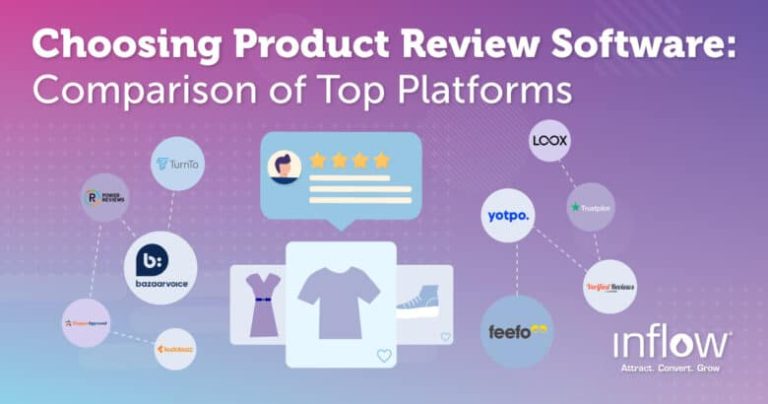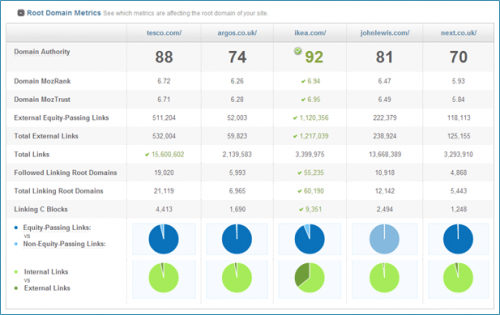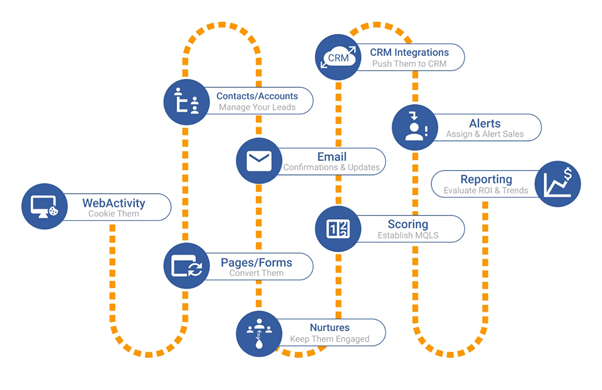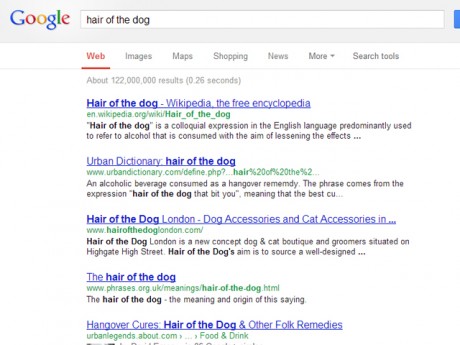Technology has recently been dabbling into the world of fashion. With the movement from traditional retail shopping to online shopping, it has been hard not to notice the impact of technology. Tech is transforming how industries function, through the use of artificial intelligence, virtual technology, data analytics and of course digital marketing, leading to modernised and productive processes. Thanks to these technologies, the retail industry is expanding. With this expansion comes the demand for retailers to adjust to the new scenery and welcome the transformation of the fashion world. Keep reading to find out which technologies are having the biggest influence in the fashion business.
Internet of things (IoT)
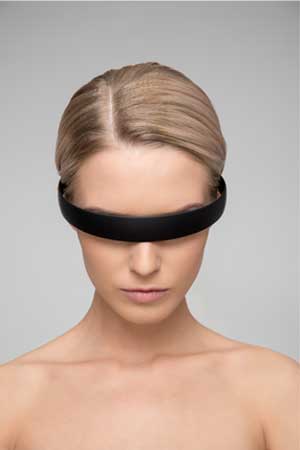
The internet of things (IoT) is one of the greatest opportunities to reach the retail industry. This technology allows us to interact with ordinary items through the internet. For the fashion industry, this means huge changes are on the way. According to a recent study in retail, 70% of decision-makers in retail, across the globe, are ready to embrace the IoT to enrich customer experiences. Clothing items will be equipped with digital capabilities that initiate communication between customer and retailer. For instance, there are yoga pants that have built-in sensors which spur users into alignment by quivering as they move through the various yoga positions. This is just one example of a series of IoT clothing that interact with the wearer to gather data that helps retailers deduce concerns and needs, and apply this knowledge to effect a more personal experience.
Computer Aided Design (CAD)
Using computer technology to create design and design-documentation is referred to as computer-aided design (CAD). Computer-aided design can be used to create surfaces, solids, and curves in three-dimensional items; or figures and curves in two-dimensional space. Though the majority of designers draw designs by hand to start with, an increasing number also translate these manual drawings to the computer. CAD lets designers see designs of garments on virtual models in assorted shapes and hues, thereby saving time because fewer adjustments of samples and prototypes are needed later.
Through the use of computer-aided design, today’s fashion industry has reached new aspirations. As a result, the computer industry has gained a new patron. Computer technology is shaking things up in the world of fashion design. Computers play an important role in the fashion business for everything from sizing designs to determining fabric weaves. Computer-aided design programs decrease the need for hand sketches. Old-school manual skills continue to be replaced by modern software programs. Old-fangled pencil sketching, math-based pattern sizing, and flat pattern construction are on their way out. Would-be fashion designers who are mathematically challenged or not great at drawing can now draw a sigh of relief.
Artificial Intelligence (AI)
The buzz phrase taking over the majority of industries in the business world is big data, and fashion is no exception. Indeed, retailers have begun to jump onto the digitisation campaign and are utilising these devices to their benefit. Currently, social media rules the web and is giving consumers the platform to shape and mend trends. However, what many consumers do not ascertain, is that they are sending a treasure trove of data to brands, which can be utilised to greatly decrease the void between what is being made, and sold, by predicting trends.
Hence, in lieu of gathering data manually, retailers are using AI to gather, organise, sort, and analyse data into applicable groups, that may then be utilised to understand and predict what consumers are searching for, and provide it.
SnapFashion is an example of AI in action. With this app, users take a pic of a look they like and search the app to find like products in any price range, so they can shop the entire look.
Virtual/Augmented Reality (VR)
The first surge of transformations in the fashion world was brought on by e-commerce and mobile technologies. Now we can look toward the future to upcoming possibilities in retail, especially virtual reality. Nowadays, consumers can easily browse various merchandise on their phones and buy items with a single click. Unfortunately, there have been several occurrences where brands have undergone kickback from consumers who got merchandise that didn’t meet expectations.
However, new VR systems are emerging that are changing the game by combining the online and physical worlds of retail. For instance, try-on avatars are becoming very popular in the world of fashion. Apps like DressingRoom are utilising augmented reality tech to allow consumers to try garments on a customised avatar before buying them.
Clearly, digitisation has evolved the fashion business completely. With new technologies like VR, IoT, and AI consumers can expect a more personal shopping experience that gratifies all of their concerns and needs.
For more fashion eCommerce and digital marketing trends, subscribe to the ThoughtShift newsletter or get in touch for a free digital marketing consultation.


